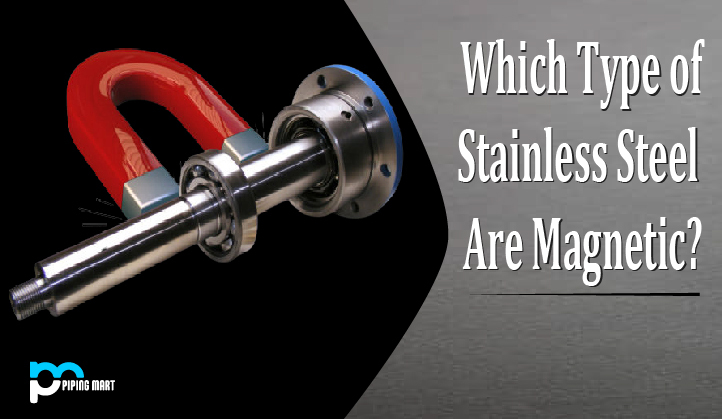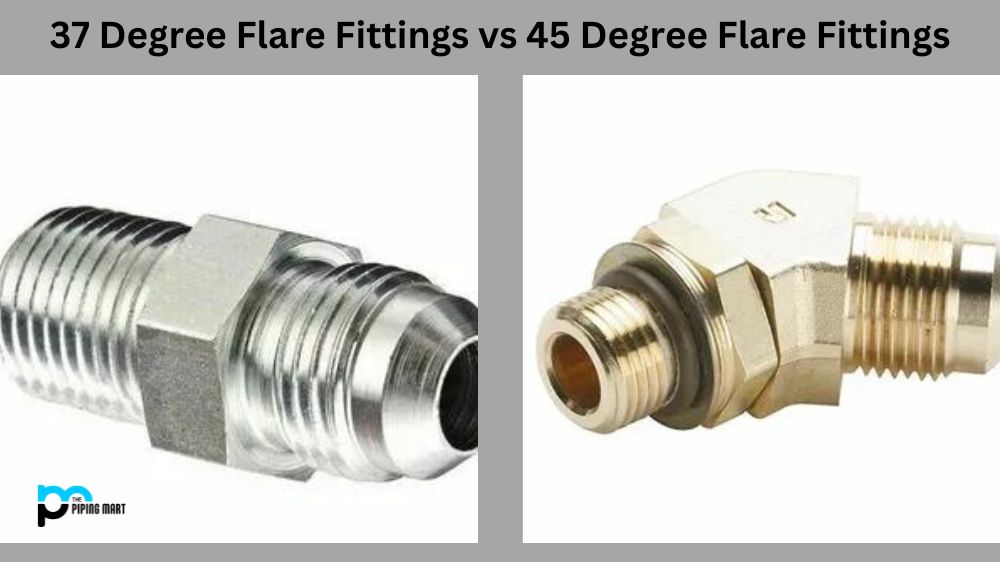Reduced port valves are critical components in piping systems that help to effectively control fluid flow. Depending on your specific application needs, there are various types of reduced port valves to choose from. In this blog post, we will take a closer look at some of the most common types of reduced port valves and their intended uses.
Ball Valves – The Most Versatile Type of Reduced Port Valve
Ball valves are some of the most widely used valves in various industries. They are designed with a floating ball that rotates around an axis to control the flow of fluids. With reduced port ball valves, the internal bore of the valve is smaller than the pipe’s diameter. This helps to reduce fluid control resistance, leading to more efficient fluid flow. Reduced port ball valves are commonly used in low to medium-pressure applications where high flow rates are required.
Globe Valves – For Precise Fluid Control
Globe valves are designed with a globe-shaped body and a movable plug that regulates fluid flow. Unlike ball valves, globe valves’ internal structures must be designed differently to reduce their port size. Globe valves are typically used in applications where precise fluid control is essential, such as water supply systems, oil and gas pipelines, and steam systems.
Butterfly Valves – Combining Reduced Port with High Capacity
Butterfly valves consist of a circular disc that rotates around an axis within the valve body to control fluid flow. They are perfect for high-flow rate applications and are typically used in both on/off and modulating applications. For reduced port butterfly valves, the internal diameter of the valve is smaller than the pipe’s diameter. This helps to maximize fluid flow and reduce pressure drop while still maintaining a tight shut-off.
Diaphragm Valve – For Contaminant-Free Fluid Control
A diaphragm valve is commonly used when contamination-free fluid control is essential, such as in pharmaceutical production. The valve is designed with a flexible diaphragm that separates the flow media from the valve actuator. Reduced port sizes can be easily achieved in diaphragm valves, as the benefit lies in achieving zero dead legs and improving hygiene.
Plug Valves – For High-Pressure Fluid Control
Plug valves are designed with a cylindrical or conical-shaped plug that rotates within the valve body to control fluid flow. They are used in applications where high-pressure fluid control is required, as they can withstand high pressures and temperatures. Reduced port plug valves are commonly used in high-pressure applications, such as in the oil and gas industry.
Conclusion:
Reduced port valves are crucial in controlling fluid flow in various industries. Most industries can only function with them. With the information above, you can determine which type of reduced port valve suits your specific application needs regarding pressure, fluid control, and hygiene requirements. If you have any queries regarding the usage and selection of reduced port valves, please get in touch with our experienced team today.

Pipingmart is a B2B portal that specializes in metal, industrial and piping items. Additionally, we share the latest information and information about materials, products and various types of grades to assist businesses that are involved in this business.




